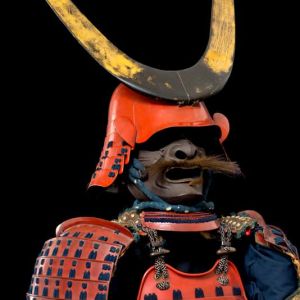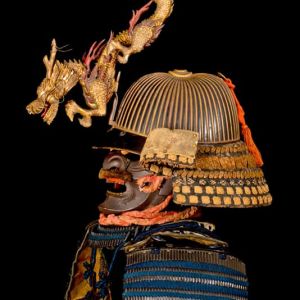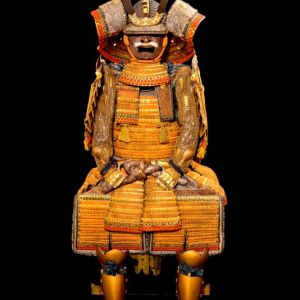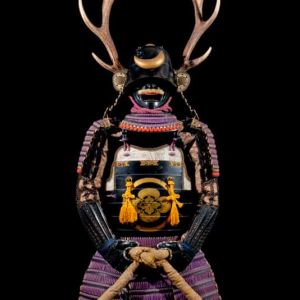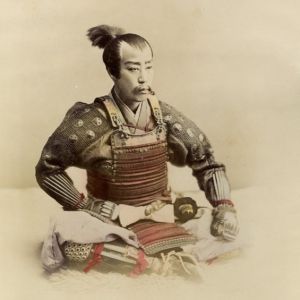MUSEC, VILLA MALPENSATA, SPAZIO CIELO
On display for the first time in Lugano are the ten Japanese suits of armour donated to MUSEC by Paolo Morigi, a fine collector of ethnic art and supporter of the Museum since its foundation. The exhibition is set up in the Spazio Cielo on the second floor of Villa Malpensata, MUSEC’s new home. The striking exhibition itinerary is marked by a selection of works that illustrate in particular the image of the samurai through the centuries and allow us to approach with greater awareness the peculiar code of values underlying the art of war and the philosophy of life of these men in arms. The starting point is the samurai’s armour, sacred and identifying works of the Nipponese warriors, in some cases veritable masterpieces of craftsmanship in which technical knowledge and aesthetic qualities of the highest level are simultaneously enshrined.
The exhibition is complemented by Japanese woodcut prints (ukiyo-e) dating from the 18th and 19th centuries and hand-painted photos album of the Yokohama School, produced between the end of the 19th century and the 1920s.
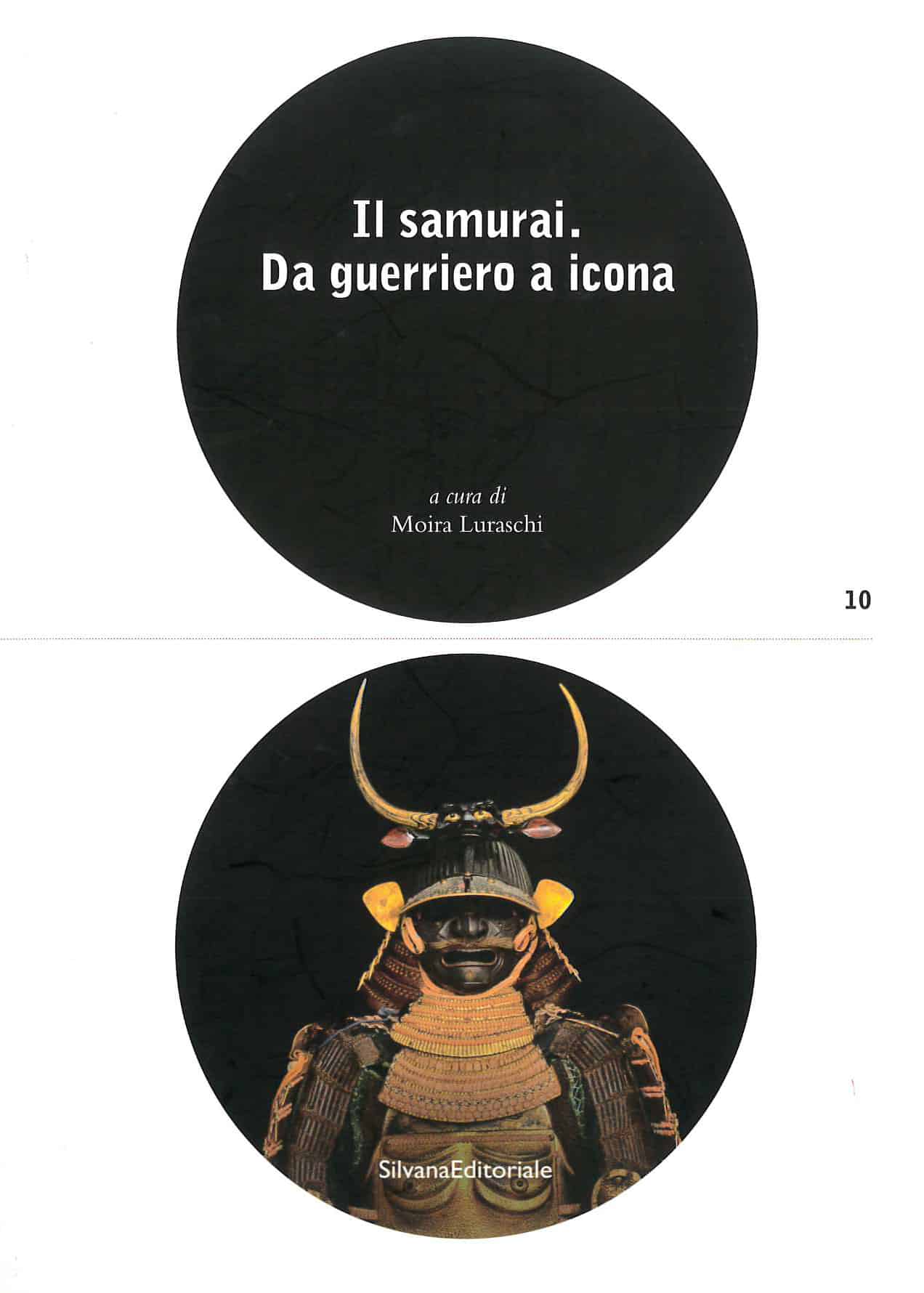
An exhibition about the image of the samurai through time and history
“The Samurai. From warrior to icon” is an exhibition about the transformation of the image of the warrior symbol of medieval Japan: from a menacing figure, enclosed in his impenetrable armour, to the main character of kabuki theatre. To icon of the collective imagination. The exhibition itinerary devised by MUSEC researchers allows us to grasp how it was the Japanese themselves who transformed the samurai into an “image”: first by exploiting the production of woodcuts, then that of photographs (with which they juxtaposed the samurai with two other icons of their world: the geisha and Mount Fuji). Finally, by building on the figure of the warrior a copious literature and auteur cinematography, culminating at the end of the 1970s in the animation of manga and the creation of a gallery of ‘cartoons’ that have also conquered the very young generations of western countries.


